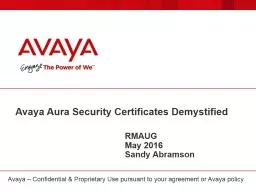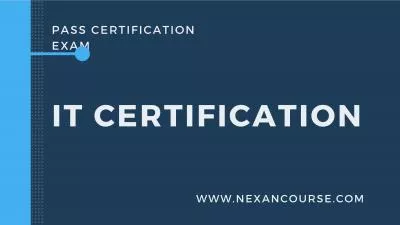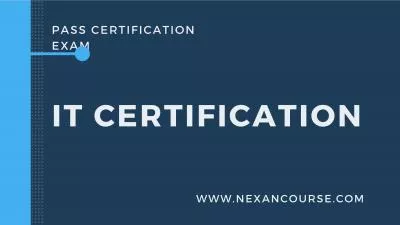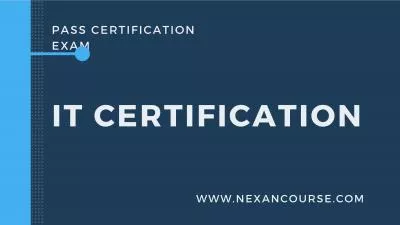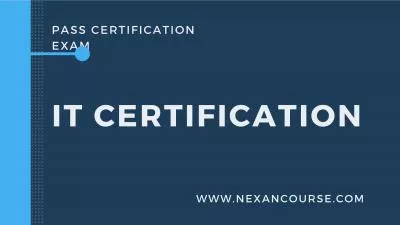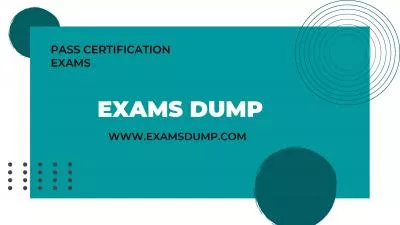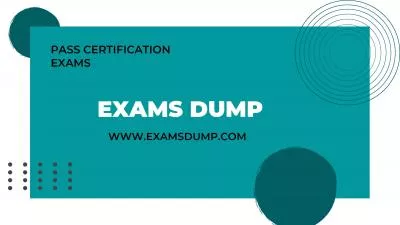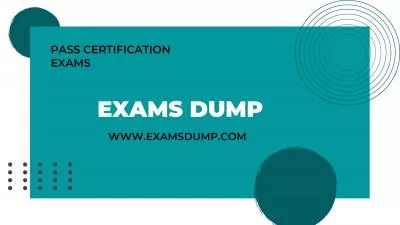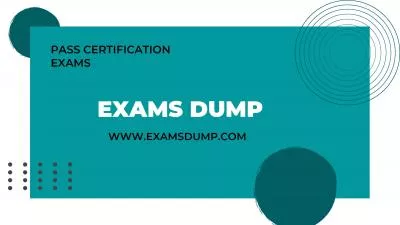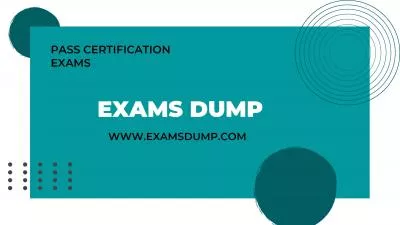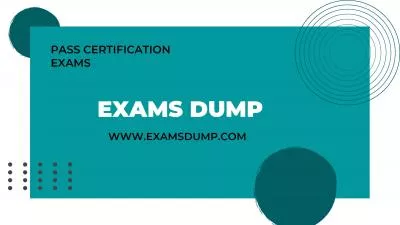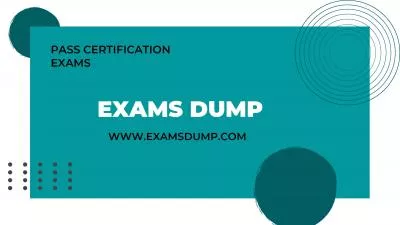PPT-Avaya Aura Security Certificates Demystified
Author : lindy-dunigan | Published Date : 2019-06-21
RMAUG May 2016 Sandy Abramson Avaya Confidential amp Proprietary Use pursuant to your agreement or Avaya policy Why do we need to talk about Certificates Avaya
Presentation Embed Code
Download Presentation
Download Presentation The PPT/PDF document "Avaya Aura Security Certificates Demys..." is the property of its rightful owner. Permission is granted to download and print the materials on this website for personal, non-commercial use only, and to display it on your personal computer provided you do not modify the materials and that you retain all copyright notices contained in the materials. By downloading content from our website, you accept the terms of this agreement.
Avaya Aura Security Certificates Demystified: Transcript
Download Rules Of Document
"Avaya Aura Security Certificates Demystified"The content belongs to its owner. You may download and print it for personal use, without modification, and keep all copyright notices. By downloading, you agree to these terms.
Related Documents

